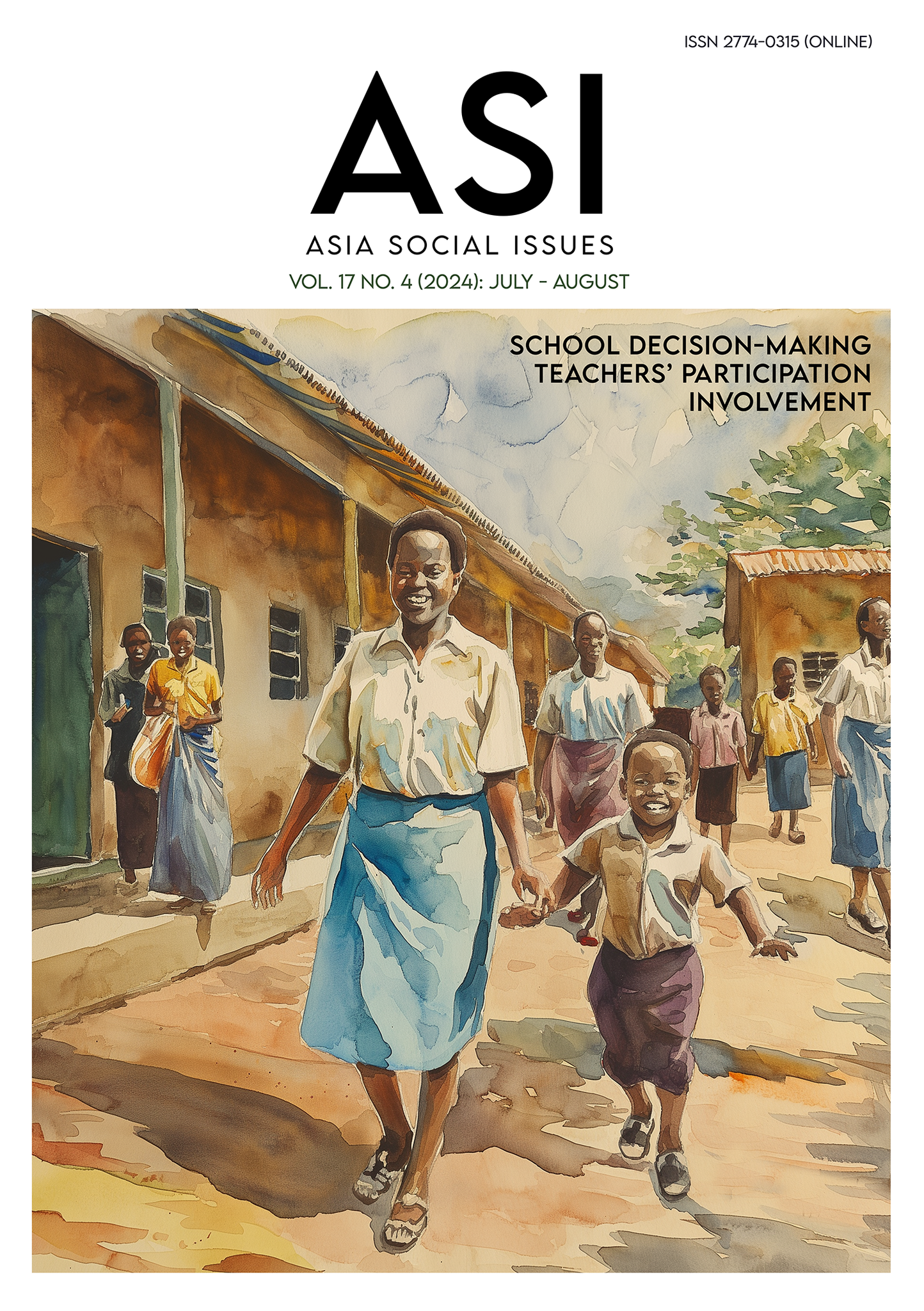Purchasing Behaviour of Tourism Cultural Creative Clothing Products Based on The Brand Sensitivity
Main Article Content
Abstract
Integrating the cultural and tourism industries has become the era’s mainstream. This study focuses on consumers’ brand sensitivity behavior within the context of cultural tourism and deeply analyzes its influencing factors. Firstly, we sort out consumer perceived value, brand sensitivity, and purchasing behavior. Then, using SPSS, we collect and analyze a large amount of data. Based on the Howard-Sheth model, we construct a model treating the consumer psychology of brand sensitivity as an intrinsic variable to study the consumer behavior of cultural and creative tourism apparel products. Empirical research reveals significant factors influencing brand-sensitive behavior and how these factors impact the degree of consumer purchasing behavior. This study assists in better understanding consumer behavior, shaping cultural and creative tourism brands, and further promoting the upgrade and comprehensive development of the cultural tourism industry.
Article Details

This work is licensed under a Creative Commons Attribution-NonCommercial-NoDerivatives 4.0 International License.
Copyright: CC BY-NC-ND 4.0
References
Anderson, J. C., Jain, D. C., & Chintagunta, P. K. (1992). Customer value assessment in business markets: A state-of-practice study. Journal of Business-to-Business Marketing, 1(1), 3-29.
Anderson, L. F., & Littrell, M. A. (1995). Souvenir-purchase behavior of women tourists. Annals of tourism research, 22(2), 328-348.
Dilogini, K., Shanmugathas, D., & Shivany, M. (2017). Exploring the model for consumer characteristics linked with technology marketing. International Journal of Business, Social Scientific Research, 6(1), 27-36.
Dodds, W. B., & Monroe, K. B. (1985). The effect of brand and price information on subjective product evaluations. ACR North American Advances,12,85-90.
Grewal, D., Monroe, K. B., & Krishnan, R. (1998). The effects of price-comparison advertising on buyers’ perceptions of acquisition value, transaction value, and behavioral intentions. Journal of marketing, 62(2), 46-59.
Kapferer, J. N., & Laurent, G. (1988). Consumer brand sensitivity: A key to measuring and managing brand equity. Defining, measuring managing brand equity, 12-15.
Korai, B. (2017). Determinants of African women’s brand sensitivity toward cosmetics. Journal of International Consumer Marketing, 29, 250-264.
Lee, K. Y., & Li, L. X. (2022). Functional structural equation model. Journal of the Royal Statistical Society Series B-Statistical Methodology, 84(2), 600-629.
Meng, F., Zhang, P., Li, H. Y., & So, K. K. F. (2019). Modeling precursors of impulsive tourist shopping behavior: Evidence from long-haul Chinese outbound tourists. International Journal of Tourism Research, 21(3), 344-358.
Morris, B., & Holbrook, M. (1996). Special Session Summary-Customer Value: A Framework for Analysis and Research. Advances in consumer research, 23, 138-142.
Mueller, R. O. (1997). Structural equation modeling: Back to basics. Structural Equation Modeling: A Multidisciplinary Journal, 4(4), 353-369.
Porter, M. E. (2011). Competitive advantage of nations: creating and sustaining superior performance. New York, USA: simon and schuster.
Snepenger, D. J., Murphy, L., O’Connell, R., & Gregg, E. (2003). Tourists and residents use of a shopping space. Annals of Tourism Research, 30(3), 567-580.
Sohn, H. K., & Lee, T. J. (2017). Tourists’ impulse buying behavior at duty-free shops: the moderating effects of time pressure and shopping involvement. Journal of Travel & Tourism Marketing, 34(3), 341-356.
Sprott, D. E., & Liu, R. L. (2016). Research trends on branding in consumer psychology. Current Opinion in Psychology,10, 124-128.
Tao, W., Nan, C., & Kui, Y. (2009). The Effect of Customer Participation on Customer Perceived Value: Based on the Mental Accounting Theory. Journal of Business Economics, 217(11), 81-88.
Wood, C. M., & Scheer, L. K. (1996). Incorporating perceived risk into models of consumer deal assessment and purchase intent. ACR North American Advances,23,399-404.
Woodruff, R. B. (1997). Customer value: the next source for competitive advantage. Journal of the academy of marketing science,25(2), 139-153.
Workman, J. E., & Lee, S. H. (2013). Relationships among consumer vanity, gender, brand sensitivity, brand consciousness and private self‐consciousness. International Journal of Consumer Studies, 37(2), 206-213.
Xiaoling, G. (2003). A New Sight into Consumer Behavior toward Brand. Nankai Business Review, 6(1), 20-25.


